-
Solutions
-
Waterworks
Pressure Reducing
Pressure Sustaining / Pressure Relief
Flow Control valves
Float Valves - Level Control
Electrically Actuated Valves
Pressure Modulation - Remote Control
Altitude Valves - Level Control
Burst Control Valves
Pump Control
CLA-VAL "HYTROL" Main Valve
Valve Controllers and Data Loggers
Air Valves
See allWaterworks
-
Military Fuelling
-
- About us
-
Blog
- Support
-
Contact
Blog
Ultimate Pressure Control Valve Maintenance Checklist for Optimal Performance
In the realm of industrial operations, ensuring optimal performance of equipment is paramount, and the Pressure Control Valve (PCV) stands at the forefront of this necessity. According to a recent industry report by Research and Markets, the global valve market is expected to reach $100 billion by 2026, with pressure control valves playing a critical role in various applications from oil and gas to water treatment. As the demand for precision in pressure management grows, it becomes increasingly essential for operators to adhere to comprehensive maintenance strategies. This blog will outline an ultimate checklist for PCV maintenance, aiming to enhance durability and efficiency, thereby helping industries minimize downtime and maximize productivity. By implementing these top strategies, organizations can not only extend the lifecycle of their Pressure Control Valves but also ensure safe and reliable operation under a range of conditions.

Importance of Regular Maintenance for Pressure Control Valves
Regular maintenance of pressure control valves is crucial for ensuring optimal performance and safety in various industrial applications. Pressure control valves play a vital role in regulating pressure within systems,
preventing overpressure conditions that can lead to catastrophic failures. Neglecting regular maintenance can result in increased wear and tear, leading to decreased efficiency and potential equipment failure. By implementing a routine maintenance schedule,
operators can identify and address emerging issues before they escalate, thereby extending the lifespan of the valves and minimizing downtime.
Furthermore, regular maintenance not only enhances the functionality of pressure control valves but also contributes to overall system reliability. A well-maintained valve operates more efficiently, reducing energy consumption and operational costs.
Inspections should include checking for leaks, ensuring seals are intact, and verifying that the valve is responding correctly to pressure changes. Additionally, cleaning and calibrating the valves as part of a maintenance routine
can prevent blockages and inaccuracies, ensuring that processes run smoothly. Ultimately, investing time and resources into the maintenance of pressure control valves is essential for maintaining system integrity and operational efficiency.

Key Components to Inspect During Maintenance Checks
Maintaining a pressure control valve is essential for ensuring optimal performance and safety in various applications. During maintenance checks, it’s crucial to inspect key components to identify wear and ensure everything functions correctly. Primary components to focus on include the diaphragm, spring, and seat. The diaphragm should be examined for any signs of cracking or deterioration, as these issues can affect the valve's responsiveness. Inspecting the spring for fatigue or deformation is equally important, as a compromised spring can lead to fluctuation in pressure control.
Tip: Regular visual inspections can help catch minor issues before they turn into major repairs. Keeping a log of any irregularities noticed during inspections can simplify troubleshooting in the future.
Another vital area to check is the valve seat. Accumulation of debris or corrosion can prevent a proper seal, causing leaks or pressure drops. Cleaning the seat and ensuring it is in good condition is paramount. Additionally, assess the actuator for proper alignment and function.
Tip: Implement a routine maintenance schedule that aligns with the operational demands of your system. Regular servicing not only extends the life of the valve but also enhances overall system efficiency.
Step-by-Step Guide to Cleaning Pressure Control Valves
Cleaning pressure control valves is an essential part of maintaining optimal performance in any fluid system. According to a report by the Hydraulic Institute, nearly 30% of valve failures are attributed to improper maintenance, underscoring the need for a systematic approach to cleaning these critical components. A detailed cleaning routine not only extends the lifespan of the valves but also enhances their efficiency and responsiveness in managing system pressure.
Begin by **disassembling the valve** according to the manufacturer's specifications. Ensure that all parts are carefully removed and kept in a clean area to avoid contamination. A report from the American Society of Mechanical Engineers emphasizes that cleaning can significantly improve flow characteristics, with studies showing that regular maintenance procedures can enhance performance by up to 20%. Use appropriate solvents and tools to thoroughly clean each component, and pay special attention to areas prone to buildup, such as the seat and stem seals.
Once cleaned, **inspect each part for wear and damage**. It's advisable to replace any components that show signs of deterioration with OEM (original equipment manufacturer) parts to ensure compatibility and reliability. Regular flushing of the valve with appropriate fluids can further prevent sediment accumulation and ensure the valve operates smoothly. By following these recommended cleaning steps, you can maintain the effective operational integrity of your pressure control valves, ultimately leading to improved system performance and reduced downtime.
Ultimate Pressure Control Valve Maintenance Checklist for Optimal Performance
| Step | Task | Frequency | Tools Required | Notes |
|---|---|---|---|---|
| 1 | Inspect Valve Body | Monthly | Visual Inspection Tools | Check for leaks and wear |
| 2 | Clean the Valve | Quarterly | Cleaning Solvent, Brush | Remove dirt and debris |
| 3 | Check Seals and Gaskets | Bi-Annually | Gasket Removal Tools | Replace damaged components |
| 4 | Calibrate Pressure Settings | Annually | Pressure Gauges, Calibration Tools | Ensures accurate performance |
| 5 | Test Functionality | After Maintenance | Testing Equipment | Confirm operation within range |
Common Issues and Solutions in Valve Performance
Common issues with pressure control valves can significantly impact system performance, leading to inefficiencies and potentially costly downtime. One common problem is valve leakage, which often results from worn seals or improper seating. This can be addressed by regularly inspecting and replacing seals as needed, ensuring the valve closes completely to prevent pressure loss. Additionally, maintaining a clean operating environment helps avoid contaminants that could hinder valve function.

Another prevalent issue is valve stickiness, where the valve does not respond promptly to changes in pressure. This can be due to corrosion or buildup of debris on the valve components. Regular cleaning and application of appropriate lubricants can mitigate this problem. Furthermore, conducting routine function tests can help identify stickiness early, allowing for timely intervention. By staying vigilant and addressing these common issues, operators can ensure their pressure control valves maintain optimal performance and extend their lifespan.
Best Practices for Documenting Maintenance Activities
Documenting maintenance activities is a critical aspect of ensuring the
optimal performance of pressure control valves. A well-structured documentation process not only helps in tracking the maintenance history
but also serves as a vital reference for identifying patterns of wear and tear over time. By keeping detailed records of inspections, repairs,
and replacements, maintenance teams can make informed decisions on when to perform preventative maintenance, ultimately reducing downtime
and enhancing the reliability of the system.
Establishing best practices for documentation can streamline this process. Utilizing digital tools, such as maintenance management software, allows
for easy updates and access to historical data. Each entry should include the date of maintenance,
the technician responsible, the specific actions taken, and any observations noted during the
inspection. It's also beneficial to log any conditions that could affect valve performance, such as pressure fluctuations
or unusual noises, as these notes can provide insights into underlying issues. By adhering to these practices, organizations can
foster a culture of accountability and excellence in maintenance, leading to improved performance and longevity of pressure control valves.
Related Posts
-
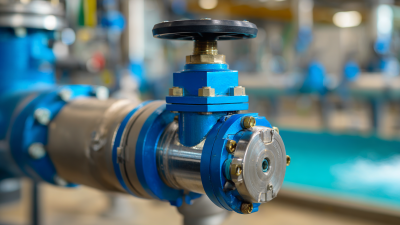
Choosing the Right Manufacturer: A Comprehensive Comparison of the Best Water Pressure Control Valves
-
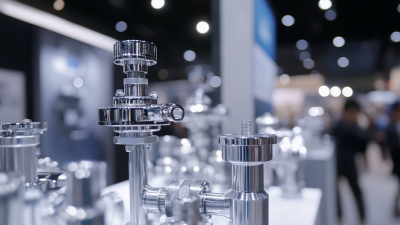
Unlocking Global Opportunities for Pressure Release Valves at the 2025 Canton Fair
-
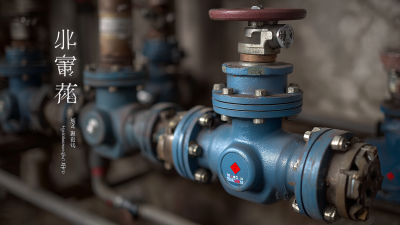
The Global Power of Chinese Manufacturing Behind the Best Water Pressure Reducing Valve
-
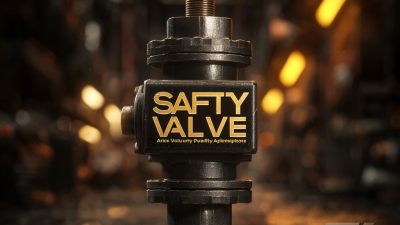
Understanding the Importance of Best Safety Valve Standards in Industrial Applications
-
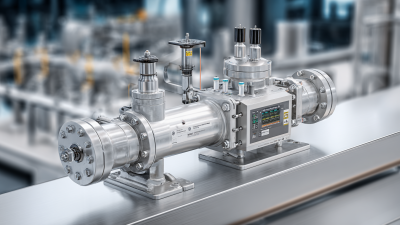
The Future of Smart Automation in Best Automatic Valves
-

In Depth Comparison of Water Pressure Reducing Valves Advantages and Disadvantages
CLA-VAL UK Limited
Dainton House
Goods Station Road
Tunbridge Wells
Kent, TN1 2DR
© 2025 CLA-VAL UK | site map | Terms and Conditions of Sale and Warranty | Privacy policy

